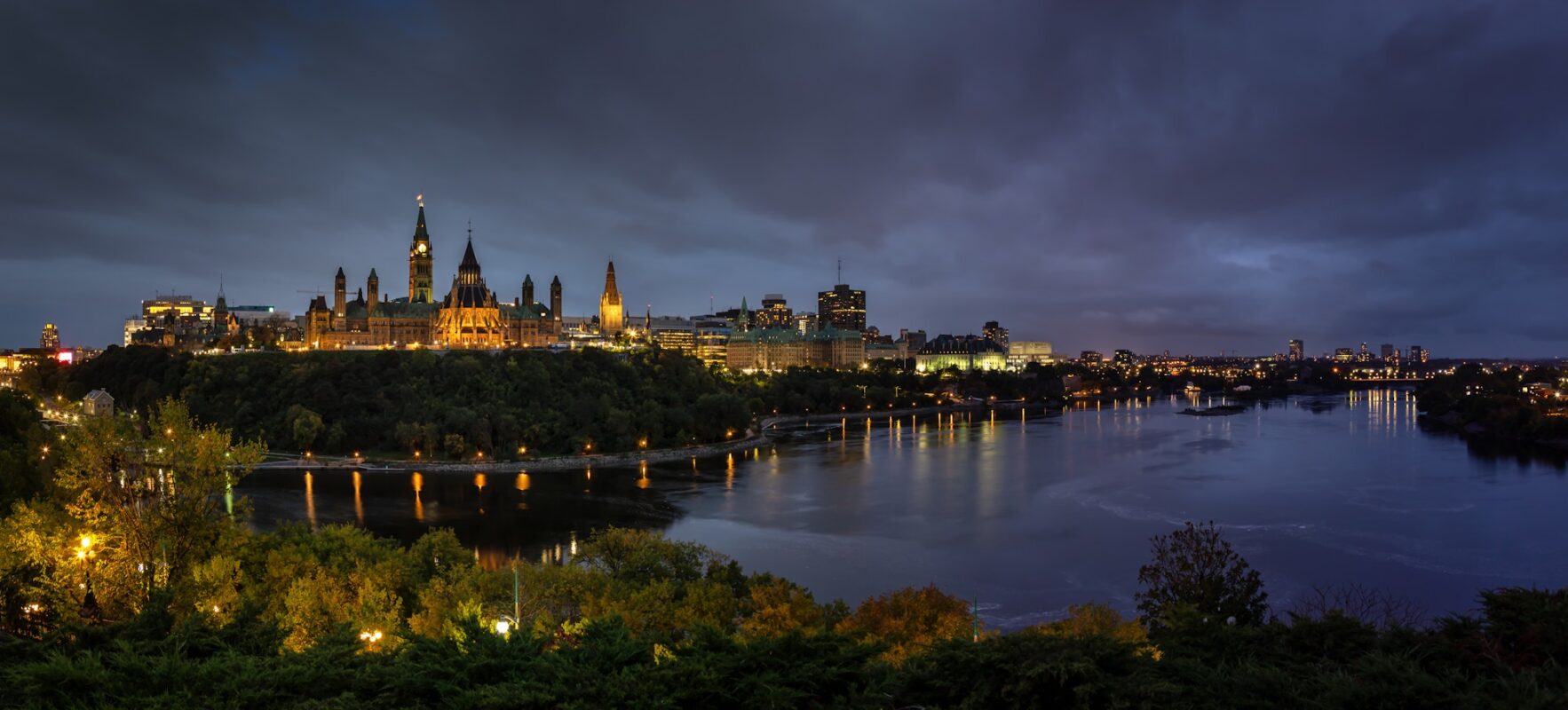
Urban Natural Area Strategy Updated
On October 8, 2013, Ottawa Council’s Planning Committee recommended Council approve an update of the 2007 Urban Natural Area (UNA) Strategy. Apart from three UNAs which it recommends to acquire during the next term of Council, staff proposed to abandon the strategy, claiming that 91% of the land targeted in 2007 now has “some form of protection” — 1613 ha. (The 2007 Strategy proposed to protect 1726 ha, down from the 2816 ha in 193 parcels originally identified in the 2005 and 2006 evaluations.)
The staff report for the October 8 meeting is here. (Additional documents are a map [1 MB] and a table.) This item will be on Council’s agenda of October 23.
At the meeting, Nick Stow gave a presentation which contained important data (two maps showing “high-priority” UNAs at risk of development) and context (post-OPA76, in new urban areas, components of the Natural Heritage System must be conveyed to the City at no cost; in the rural area, OPA 76 strengthened the protection of environmental areas). In 2014, staff intends to come forward with an “Environmentally Sensitive Land Stewardship Framework” including a “Targeted Stewardship Fund”. None of that information was included in the staff report.
Public delegations were by Penny Thompson for the Environmental Stewardship Advisory Committee (ESAC), Faith Blacquière, Keldine FitzGerald for the newly formed Fernbank Creek Wetlands Landowners Group, and Erwin Dreessen for the Greenspace Alliance.
ESAC had received Nick Stow’s presentation at its meeting of September 26. Penny advised that the Committee agrees with staff’s proposals while nonetheless encouraging Council to purchase the remaining urban natural features.
Faith made the point that the City’s “systems approach” to environmental protection focuses on biodiversity and ecological functions, leaving out certain aspects such as water quality, hydrogeology, hydrology and fluvial geomorphology. She also critiqued the Official Plan’s assumption that the City is obliged to buy developable land if it wants to protect it, citing a 2008 OMB decision that quoted from Rodriguez vs. Vaughan (City) (2006) which was upheld by the Court of Appeal (see p. 14). City solicitor Tim Marc professed not to know this decision but promised to look into it. He said that pre-2008 OMB decisions had repeatedly said otherwise.
Keldine argued that the development review process is inadequate to protect natural areas and that regulatory agencies (Conservation Authorities, Ministries) are not up to the task either. Focussing on UNA 132 (Fernbank Wetlands), she demonstrated how this area has been piece-mealed over the years.
The Alliance brief also referred to UNA 132 as well as two other UNAs and made four general points:
E.D.
October 8, 2013
P.S.: The Urban Natural Area evaluations were conducted in two waves, in 2005 and 2006, and are available from staff on two CDs. There is some information on them here.
+++++
UPDATE
Legal opinion on obligation to buy not convincing
As noted above, Legal Services was asked to review the cases Faith Blacquière had cited about a municipality’s obligation to buy land if it wants to protect it. A recent Superior Court decision that was confirmed on appeal and a subsequent OMB decision seem to be at odds with conventional wisdom in Ottawa. Here is Legal Services’ memo to Council.
It appears the City’s position is: We tried to change the rules in the hearings on Trillium Woods in 2002. We failed, so that’s it. The cases Faith cites date from 2006 and 2008.
Short story: While the City maintains that
“the City must be prepared to acquire, within a reasonable time, lands that are designated Urban Natural Area or Natural Environment Area” [22Nov2013 memo, conclusion]
the two cases cited suggest that
” “…there is a well-recognized line of legal precedent standing for the proposition that, absent any bad faith on the part of the municipality or other statutory authority…a statutory authority can enact a by-law which will effectively freeze the uses to which an owner’s lands may be put provided that the action taken by the statutory authority is pursuant to a legitimate and valid land use planning purpose”. The Court of Appeal upheld this decision,… ” [OMB Decision in PL041188 – 11Jan2008, page 14, citing Rodriguez v. Vaughan, 21Aug2006].
This can hardly be the end of the argument.
Erwin
(18 December 2013, adapted from a posting to the GA List of 25 November 2013)
